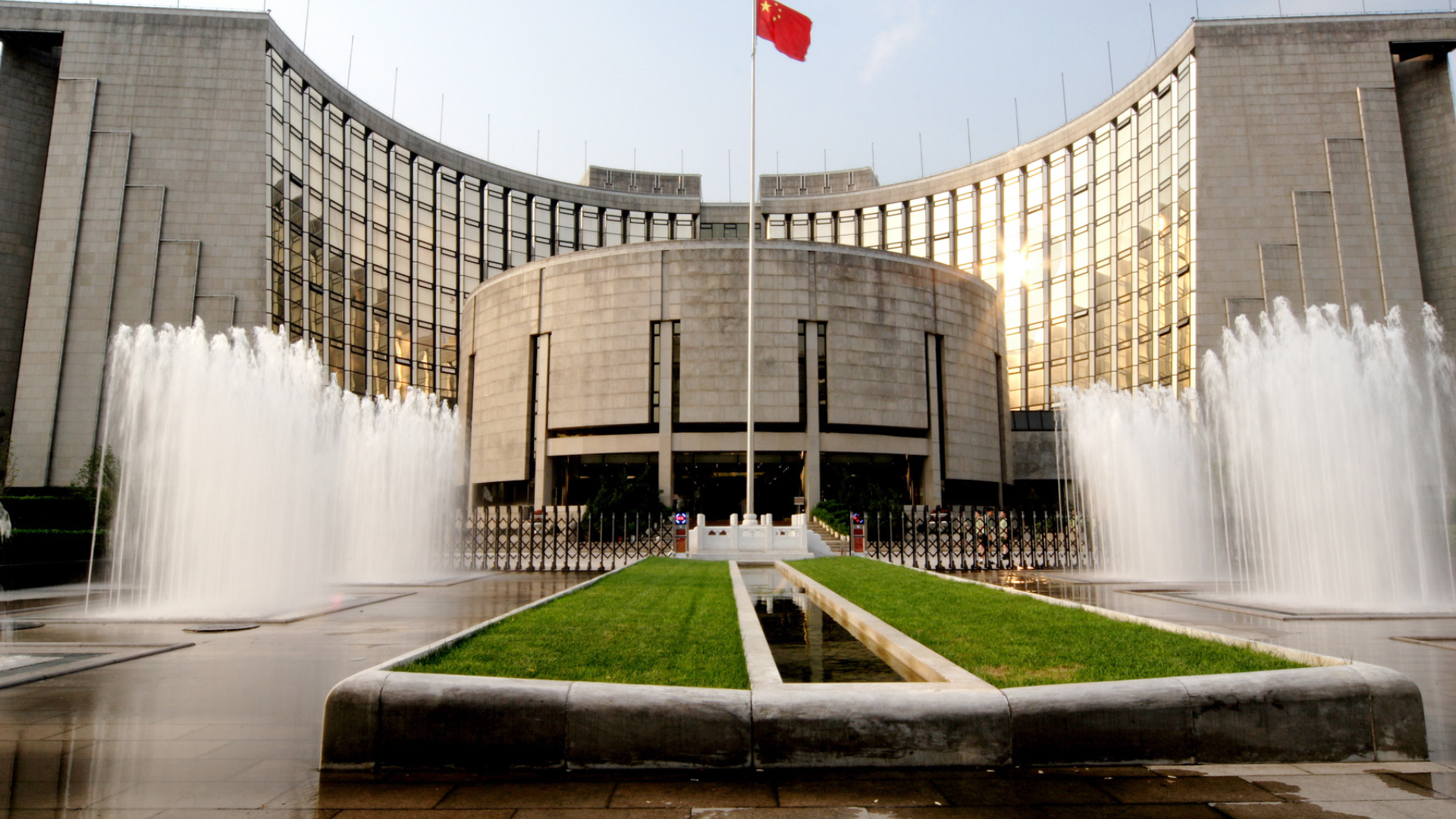The People’s Bank of China (PBOC) set the yuan’s daily reference rate at 7.1692 per U.S. dollar, a slight strengthening compared to the previous fix of 7.1714. The adjustment reflects the central bank’s ongoing efforts to manage currency stability amid global economic uncertainties and market pressures.
The move suggests that Beijing remains cautious about excessive yuan depreciation, as policymakers look to balance economic growth with financial stability. In recent months, the PBOC has actively used its daily fixing mechanism and liquidity measures to guide the yuan’s performance, particularly against the backdrop of a stronger U.S. dollar and fluctuating investor sentiment.
China’s currency strategy has gained increased attention as the economy faces slower post-pandemic recovery, uneven demand, and external risks. A stable yuan helps maintain investor confidence and prevents capital outflows, which could add pressure to the country’s financial system.
Market analysts note that while the adjustment is minor, it signals Beijing’s intent to maintain control over exchange rate movements. The PBOC has consistently set the reference rate stronger than market expectations, using its policy tools to prevent excessive volatility and speculative trading.
The global currency market remains sensitive to U.S. Federal Reserve policy decisions, with expectations of interest rate cuts later in the year influencing the dollar’s trajectory. If the Fed eases monetary policy, it could provide some relief for the yuan and other emerging market currencies.
Looking ahead, traders and policymakers will continue to monitor the PBOC’s daily fixings for clues about China’s broader economic strategy and its response to shifting global financial conditions.
















